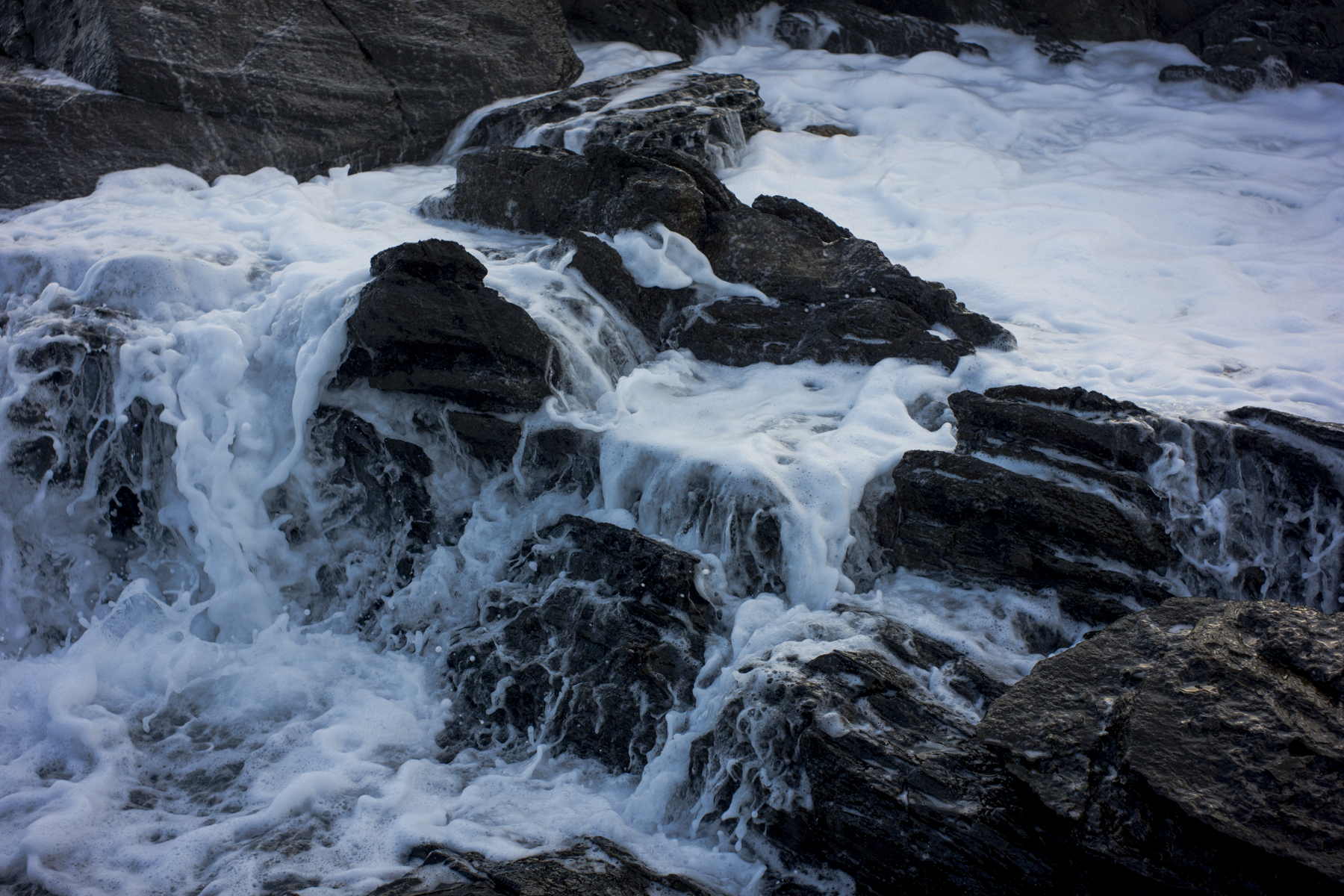One of the interesting aspects of Melbourne is its many laneways. You just don’t know what you will find when you walk down one. One I stumbled upon whilst exploring Chinatown and Little Burke Street was Heffernan Lane.This runs between Lonsdale and Little Bourke Sts between Swanston and Russell Sts, which is to say, between Greek street and Chinese street.
I walked past the “Commit No Nuisance” signs, on past the Kum Den Bar and Restaurant and Wing Cheong Food Service, then glimpsed what appeared to be a council No Parking sign:

Heffernan Lane was the site of artist Evangelos Sakaris’s untitled installation for the City of Melbourne’s Laneway Commissions 2001-2002. Sakaris’s work involved the instalment along the lane of contemporary street signs bearing excerpts of ancient Greek and Chinese texts, to highlight the connections between these cultures.










